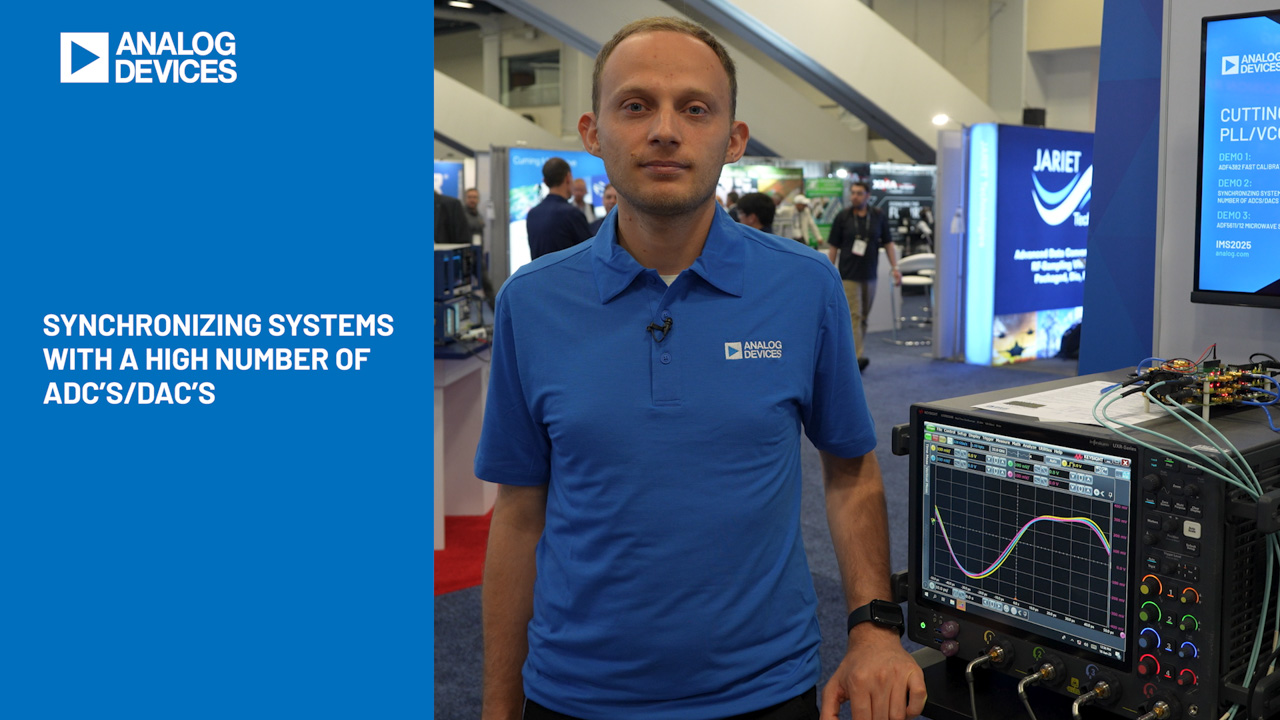USB Compatible Li-Ion Battery Charger and Dual Buck Regulators in a Single 3mm × 3mm QFN
USB Compatible Li-Ion Battery Charger and Dual Buck Regulators in a Single 3mm × 3mm QFN
by
Aspi Gazder
Jan 1 2008
Introduction
Manufacturers of handheld devices such as MP3 players are always looking to reduce system size and cost, even as they increase performance and functionality. The only way to do so is to integrate functions at the IC level. For applications powered from a single Li-Ion cell, the LTC3559 provides a single chip solution that charges a Li-Ion cell while efficiently generating two supply voltage rails to power the device.
The LTC3559 is a USB compatible battery charger and two monolithic synchronous buck regulators integrated into a low profile 3mm × 3mm 16-lead QFN package. The battery charger has all the features that a stand alone battery charger might offer, such as an NTC input for temperature qualified charging, internal timer termination and bad battery detection. A constant current/constant voltage algorithm is employed to charge a battery. Only a single resistor at the PROG pin is required to program the charge current up to 950mA. The HPWR input provides the flexibility to deliver either 100% or 20% of the programmed charge current. For applications operating from a USB source, charge current can be programmed to either 100mA or 500mA per USB specifications.
The two buck regulators have a current mode architecture, which provides a quick response to load steps. To meet the noise and power requirements of a variety of applications, the buck regulators can be operated in either Burst Mode operation or pulse skipping mode. The buck regulators also have a soft start feature that prevents large inrush currents at start up.
At high load currents, the buck regulator operates as a constant frequency PWM controlled regulator. At light load currents, pulse skipping is the normal behavior for a switching regulator when the inductor current is not allowed to reverse.
To improve efficiency in light load conditions, the LTC3559 offers Burst Mode operation. When in Burst Mode operation, the buck regulator automatically switches between fixed frequency PWM control or hysteretic control, as a function of the load current. At light loads, the regulator has an output capacitor charging phase followed by a sleep phase. During the sleep phase, most of the buck regulators’ circuitry is powered down, saving battery power. As the load current increases, the sleep time decreases to the point where the buck regulator switches to a constant frequency PWM operating mode—equivalent to pulse skipping mode at higher output currents.
Figure 1 shows the LTC3559 with the NTC input biased using three resistors. A 3-resistor bias provides the user with the flexibility to program both the upper and lower battery temperature points that are considered safe for charging the battery. In this example, the NTC hot and cold trip points are set for approximately 55°C and 0°C, respectively.

Figure 1. Full featured USB battery charger and dual buck regulator in one 3mm × 3mm IC.
One of the buck regulators is programmed for 3.3V at its output. When the BAT pin voltage approaches 3.3V, the buck regulator operates in dropout. An LED at the CHRG pin gives a visual indication of the battery charge status.
Figure 2 shows an actual circuit similar to that shown in Figure 1, illustrating how little board space is required to build a full featured LTC3559 application. Figure 3 shows how much more efficient Burst Mode operation is at light loads as compared to pulse skipping mode.

Figure 2. A USB battery charger and two buck regulators small enough to fit in the latest cell phones, PDAs and MP3 players.

Figure 3. Buck regulator efficiency.
A basic sequencer function can be built for the buck regulator outputs by driving the enable pin on one buck regulator with the output of the other buck regulator. For proper operation, the BAT and PVIN pins must be tied together. If a buck regulator is enabled while the battery is charging, the net current charging the battery will be lower than the actual programmed value. Figure 4 helps to explain this scenario. The current being delivered at the BAT pin is 500mA. Both buck regulators are enabled. The sum of the average input currents being drawn by both buck regulators is 200mA. This makes the effective battery charging current only 300mA. If the HPWR pin were tied low, the BAT pin current would be only 100mA. With the buck regulator conditions unchanged, this would cause the battery to discharge at 100mA.

Figure 4. The net current charging the battery depends on the operating mode of the buck regulators.
Conclusion
The LTC3559 is ideally suited for space-constrained applications that are powered from a single Li-Ion cell and that need multiple voltage supply rails. The high switching frequency allows the use of small low profile external inductors. The high efficiency buck regulators and Burst Mode operation combine to maximize battery life, extending battery operation time between charge cycles.




















